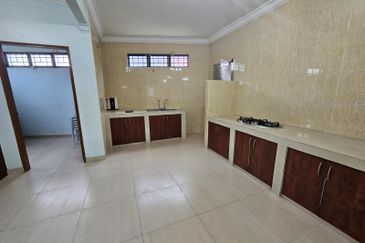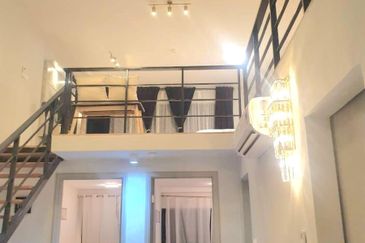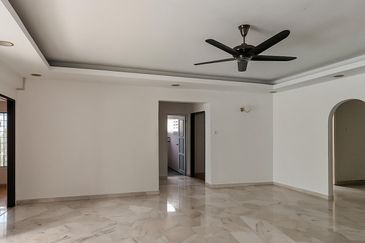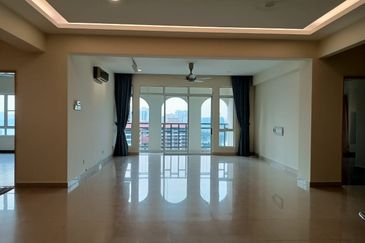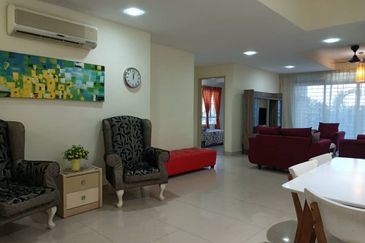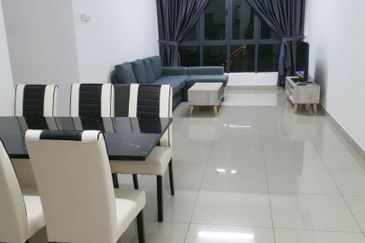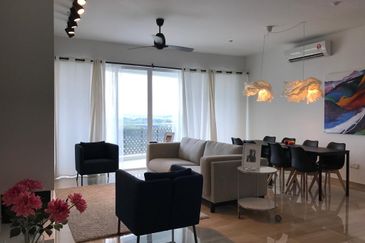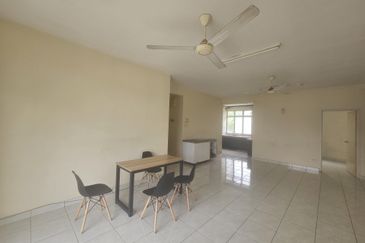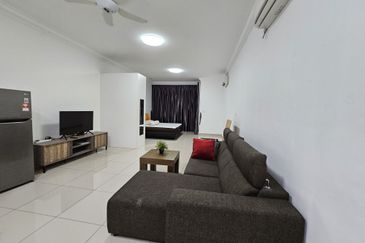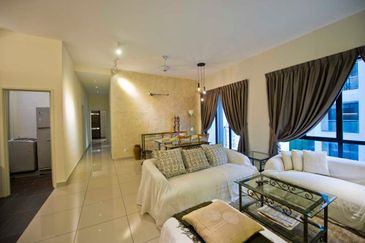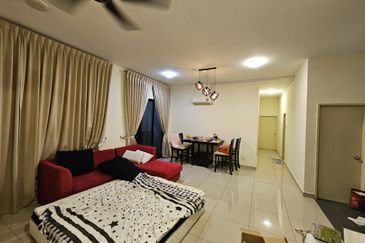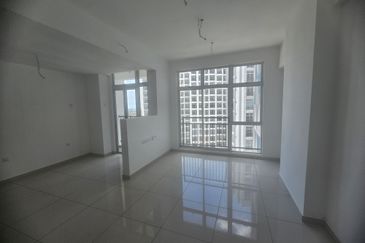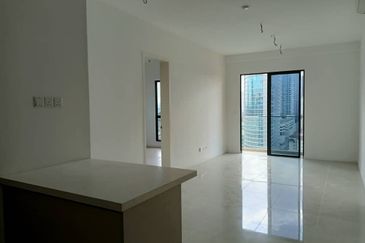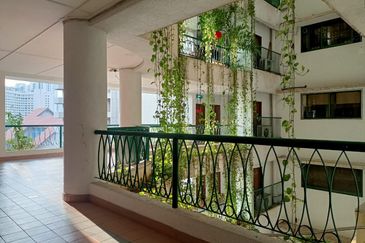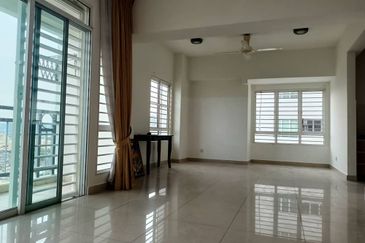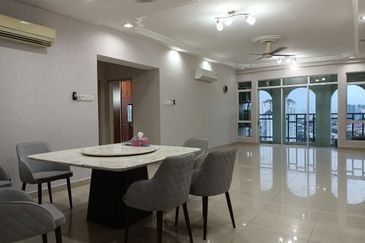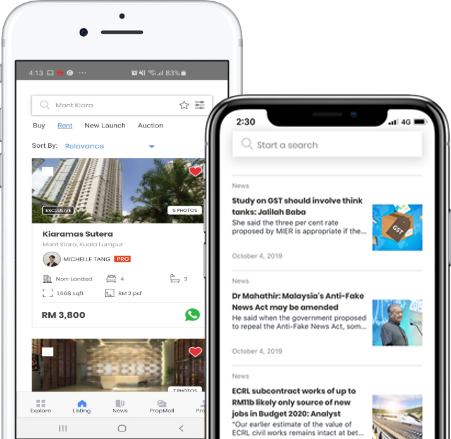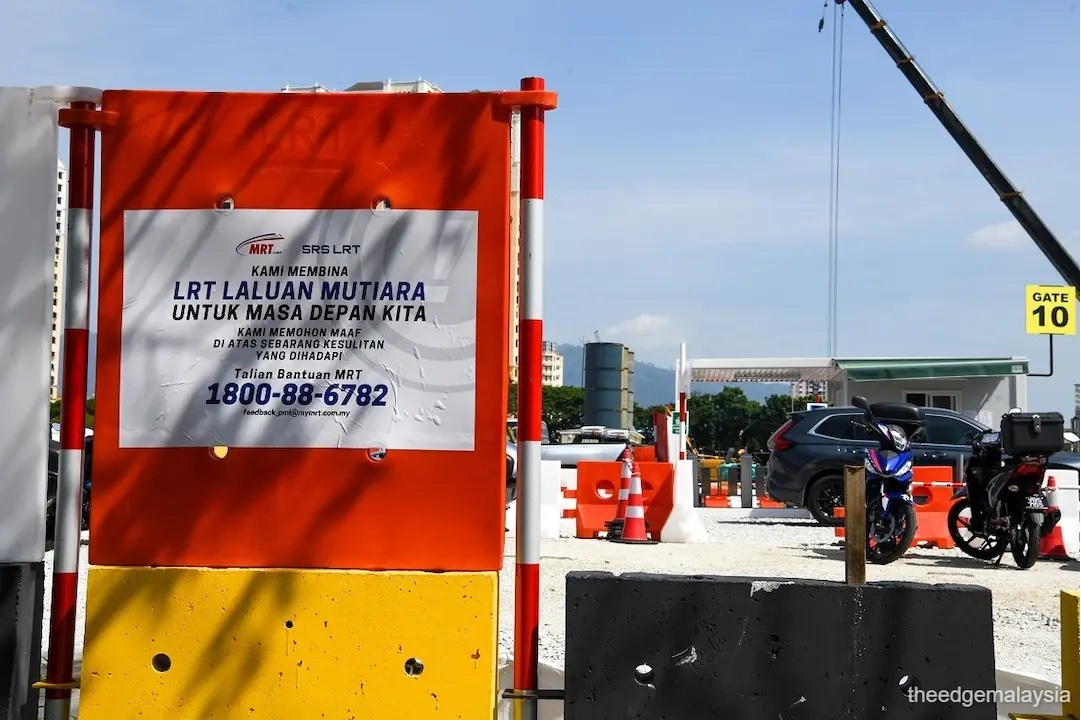
- Transport Minister Anthony Loke: The ceiling is set higher than what is required, but we will try to reduce costs through open tender
KUALA LUMPUR (Aug 18): Transport Minister Anthony Loke on Monday announced a budget ceiling of RM16 billion to RM17 billion for the Penang Light Rail Transit (LRT) project. (pictured)
Loke said this figure differs from the RM10 billion previously announced by Prime Minister Datuk Seri Anwar Ibrahim in Budget 2024 because the earlier amount was a preliminary projection that did not account for value management and value lab exercises. These are structured approaches used to improve the value of a project and often applied in large-scale projects to ensure the best outcome for all stakeholders.
This ceiling amount, however, does not mean it is the final cost of the entire project, he said, adding the government has yet to award the second and third work packages. "The ceiling is set higher than what is required, but we will try to reduce costs through open tender," he told Parliament during the winding-up debate on the 13th Malaysia Plan on Monday.
Dubbed the Mutiara Line, the Penang LRT will span 29.5km and feature 21 stations, connecting Penang island to the mainland.
In January, the government awarded the first of three work packages to SRS Consortium, in which Gamuda Bhd (KL:GAMUDA) holds a 60% stake. Loh Phoy Yen Holdings Sdn Bhd and Ideal Property Development Sdn Bhd each own 20% of the consortium. This contract covers a 24km stretch, from Komtar in George Town to Island A of the Penang South Reclamation project, and includes 19 stations and related facilities.
Loke said the first package was awarded to SRS Consortium using a single-source request for proposal approach because the consortium had already gone through a state-level tender process in 2015.
While the cost of that package was capped at RM8.32 billion, the government successfully reduced the cost to RM7.98 billion after conducting value management and value lab exercises, he said.
The minister also explained that the project's funding model had shifted from an initial public-private partnership (PPP) to being fully financed by the federal government. This was made possible because the Ministry of Transport had sufficient development expenditure (DE) allocation, as other transport infrastructure projects funded using DE were nearing completion.
"PPP does not mean the government does not pay. It just means the private sector funds the project first and the government pays later. With DE, the funding is more direct and ultimately more beneficial for the government in the long term," he added.
Does Malaysia have what it takes to become a Blue Zone, marked by health and longevity? Download a copy of EdgeProp’s Blueprint for Wellness to check out townships that are paving the path towards that.
TOP PICKS BY EDGEPROP
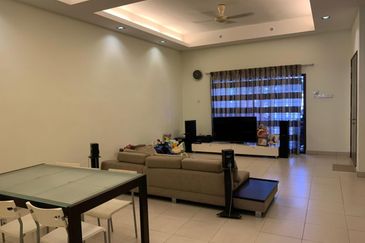
Serena, Bandar Puteri Puchong
Bandar Puteri Puchong, Selangor


